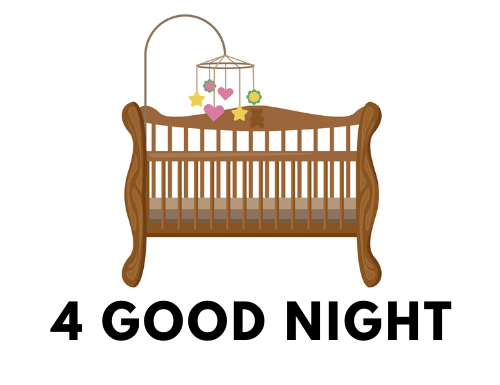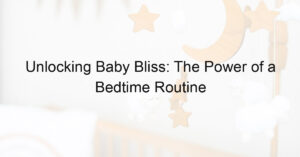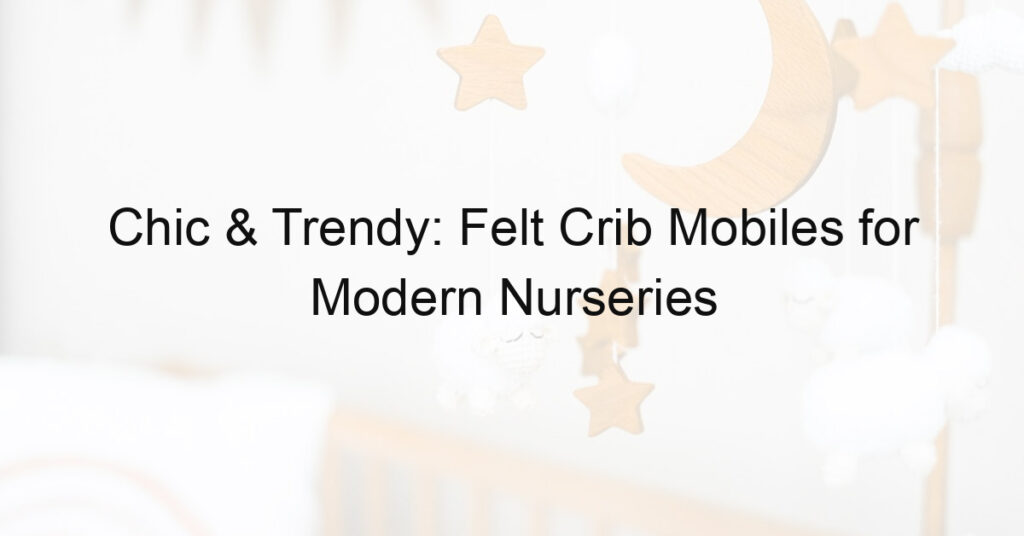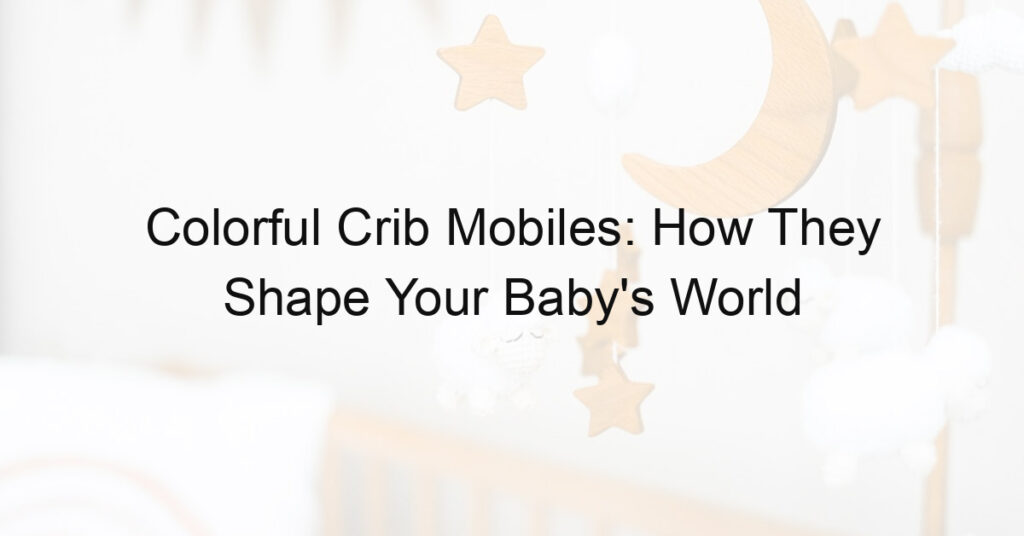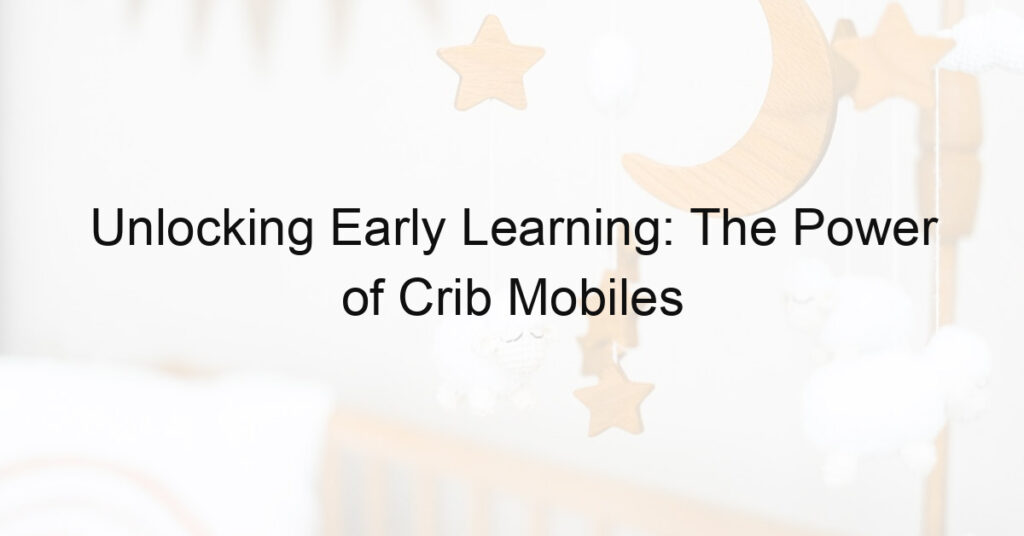
Introduction to Nursery Plants for Babies
When we think about designing a nursery for a baby, our thoughts often turn to color schemes, furniture, and adorable decorations. However, there’s another important element that can greatly enhance the environment of your baby’s room: plants. Not only do they add a touch of natural beauty, but they also have numerous health and developmental benefits for your little one.
- Importance of Greenery in a Baby’s Room
- Overview of the Benefits of Plants in the Nursery
- Improved Air Quality: Plants absorb harmful toxins from the air and release oxygen, improving the overall air quality in the room.
- Enhanced Mood and Reduced Stress: The calming effect of plants can help soothe a fussy baby and promote better sleep.
- Stimulates Learning: The color green has been shown to stimulate learning and creativity, which can be beneficial for your child as they grow.
- Natural Humidifiers: Many plants naturally increase humidity in the air, which can be beneficial in dry climates or during winter months when indoor air can become dry.
Greenery in a baby’s room is not just about aesthetics. It’s about creating a healthy, nurturing environment for your child. Plants are known to improve air quality by absorbing toxins and releasing oxygen. This can be particularly beneficial in a baby’s room, where clean, fresh air is essential for their developing lungs.
Moreover, the presence of plants can have a calming effect, promoting better sleep for your baby. The color green is also known to stimulate learning and creativity, which can be beneficial as your baby grows and starts to explore their surroundings.
Plants can bring numerous benefits to a nursery. Here are some key points to consider:
In the following sections, we will delve deeper into the benefits of having plants in the nursery, discuss the best and safest plants for a baby’s room, and provide a guide on how to care for these plants. So, let’s embark on this green journey together, creating a nurturing and healthy environment for your little one.
Benefits of Plants in Nursery
Plants are not just for beautification; they offer several benefits, especially in a nursery. Let’s delve into the health benefits of having plants in the nursery.
Health Benefits of Nursery Plants
Plants in the nursery can significantly contribute to the health of your little ones. Here are some of the key health benefits:
- Improving Air Quality
- Boosting Mood and Reducing Stress
- Promoting Better Sleep
Plants are natural air purifiers. They absorb carbon dioxide and release oxygen during photosynthesis, thereby improving the air quality. Some plants can even remove harmful toxins from the air. According to a NASA study, plants can remove up to 87% of air toxins in 24 hours. This means having plants in your nursery can help your child breathe cleaner, fresher air.
Being around plants can have a calming effect. Studies have shown that interaction with indoor plants can reduce psychological and physiological stress. They can also help in improving mood and promoting feelings of relaxation, making them perfect for a nursery environment.
Some plants, like lavender and jasmine, are known to promote better sleep. Their soothing scents can help your child fall asleep faster and sleep more soundly. A study by the National Sleep Foundation found that scents like lavender can improve sleep quality by increasing light sleep and decreasing rapid-eye movement sleep and the amount of time it takes to wake up after falling asleep.
In conclusion, incorporating plants into your nursery can provide numerous health benefits, from improving air quality to promoting better sleep. So, why not add a touch of green to your nursery today?
Developmental Benefits of Plants in Baby’s Room
While plants are often praised for their health benefits, they also play a crucial role in the developmental growth of your baby. Let’s explore how they contribute to your child’s sensory development and learning curiosity.
- Stimulating Sensory Development
Plants can be a wonderful tool for stimulating your baby’s sensory development. The different textures, colors, and smells of plants can engage your baby’s senses, helping them to explore and understand the world around them. For example, the soft touch of a fern’s leaves, the vibrant green color of a spider plant, or the sweet smell of a jasmine flower can all provide sensory stimulation. This sensory exploration can help your baby develop their touch, sight, and smell senses, which are vital for their overall cognitive development.
- Encouraging Curiosity and Learning
Having plants in your baby’s room can also encourage curiosity and learning. As your child grows, they will start to notice the changes in the plants, such as new leaves sprouting or flowers blooming. This can spark their curiosity and lead to questions about how plants grow, why they need water and sunlight, and what role they play in our environment. This natural curiosity can be a great stepping stone for early learning and can help to foster a love of science and nature from a young age.
In conclusion, incorporating plants into your baby’s room can provide more than just aesthetic appeal. They can be instrumental in stimulating sensory development and encouraging curiosity and learning. So, why not add a touch of green to your nursery and watch as your child grows and learns with their new leafy friends?
Best Plants for Baby Room
When it comes to creating a safe and healthy environment for your little one, the choice of plants for the baby room is crucial. Not only do they add a touch of nature and beauty, but they also help improve air quality. Here are some baby-friendly houseplants that are known for their air-purifying qualities and non-toxicity.
Baby-friendly Houseplants
These plants are not only safe for your baby, but they also have the ability to purify the air in the room. Let’s take a look at them:
- Spider Plant: Spider plants are known for their ability to survive in various conditions. They are excellent air purifiers, removing toxins like formaldehyde and xylene from the air. Plus, their non-toxic nature makes them safe for babies.
- Boston Fern: Boston ferns are attractive and baby-friendly houseplants. They are great at removing toxins from the air and increasing humidity, which can help prevent dry skin and colds in babies. Just make sure they are kept out of reach as their leaves can be a choking hazard.
- Snake Plant: Snake plants are one of the best for improving air quality. They release oxygen at night, which can help your baby breathe better while sleeping. Moreover, they are non-toxic and require minimal care, making them perfect for busy parents.
Remember, while these plants are non-toxic, it’s always a good idea to place them out of reach of curious little hands. Also, keep in mind that individual reactions to plants can vary, so always monitor your baby for any signs of allergies or discomfort.
Indoor Plants for Baby’s Room
When it comes to creating a nurturing environment for your baby, every detail matters. This includes the type of plants you choose to place in their room. Here are three indoor plants that are not only safe but also beneficial for your baby’s room:
- Rubber Plant
The Rubber Plant, also known as Ficus Elastica, is a popular choice for a baby’s room. This plant is known for its large, glossy leaves that can add a touch of greenery to any space. But it’s not just about aesthetics. The Rubber Plant is also an excellent air purifier. It helps to remove toxins from the air, creating a cleaner and healthier environment for your baby. Plus, it’s a low-maintenance plant that requires minimal sunlight and watering, making it a practical choice for busy parents.
- ZZ Plant
Next on our list is the ZZ Plant, or Zamioculcas Zamiifolia. This plant is a great addition to your baby’s room for several reasons. First, it’s a hardy plant that can survive in low light conditions and irregular watering, making it perfect for those who may not have a green thumb. More importantly, the ZZ Plant is known for its ability to improve indoor air quality. It can help to remove toxins such as xylene, toluene, and benzene from the air. This means your baby can breathe easier and healthier.
- Peace Lily
Last but not least, we have the Peace Lily. This beautiful plant, with its dark green leaves and white flowers, can bring a sense of calm and tranquility to your baby’s room. But the Peace Lily is more than just a pretty face. It’s also a powerful air purifier. According to a study by NASA, the Peace Lily can help to remove harmful toxins like formaldehyde, benzene, and ammonia from the air. This can contribute to a safer and healthier environment for your baby. However, it’s important to note that the Peace Lily should be kept out of reach of children as it can be mildly toxic if ingested.
In conclusion, the Rubber Plant, ZZ Plant, and Peace Lily are all excellent choices for your baby’s room. They not only add a touch of nature to the space but also help to improve the air quality, making the room a healthier place for your baby.
Safe Plants for Children’s Room
When it comes to decorating your child’s room with plants, safety should be your top priority. Not all plants are safe for children. Some can cause allergic reactions, while others may be toxic if ingested. Therefore, it’s crucial to identify safe and non-toxic plants and keep them out of reach of children.
- Identifying Safe and Non-Toxic Plants
Choosing the right plants for your child’s room involves more than just picking the prettiest ones. It’s important to do some research and ensure that the plants you choose are non-toxic. Some safe plants that you can consider include Spider Plant, Boston Fern, and Baby Rubber Plant. These plants are not only beautiful but also safe for children.
Spider Plant, for instance, is a popular choice for children’s rooms. It’s a hardy plant that can survive in a variety of conditions and it’s non-toxic, making it safe for children. Boston Fern is another great choice. It’s a lush, green plant that can add a touch of nature to any room. Plus, it’s also non-toxic. Baby Rubber Plant is a small, easy-to-care-for plant that’s safe for children.
- Keeping Plants Out of Reach
Even with non-toxic plants, it’s still a good idea to keep them out of reach of children. Children are naturally curious and may try to touch, pull, or even eat the plants. To prevent any potential accidents, place the plants in high shelves or hang them from the ceiling. You can also use plant stands to elevate the plants off the ground.
Remember, safety should always come first when decorating your child’s room with plants. By choosing non-toxic plants and keeping them out of reach, you can create a beautiful, natural space that’s safe for your child.
Nursery Plants and Their Benefits
When it comes to decorating your nursery, plants can be more than just pretty decorations. They can offer numerous benefits that can enhance the overall environment of your baby’s room. Let’s explore some specific nursery plants and their unique benefits.
Benefits of Specific Nursery Plants
Not all plants are created equal. Some plants are particularly beneficial for nurseries due to their unique properties. Here are a few examples:
- Spider Plant: The Spider Plant is not only easy to care for, but it also has the ability to purify the air. This means it can help remove harmful toxins from the air, making the nursery a healthier place for your baby.
- Boston Fern: The Boston Fern is known for its ability to control humidity. This can be particularly beneficial in nurseries, as it can help prevent the room from becoming too dry or too humid. Plus, it’s non-toxic, making it safe for curious little hands.
- Snake Plant: The Snake Plant is a great choice for nurseries because it can tolerate low light conditions. This means it can thrive even in rooms that don’t get a lot of natural light. Additionally, like the Spider Plant, the Snake Plant also has air-purifying properties.
By incorporating these plants into your nursery, you can create a healthier and more comfortable environment for your baby. So, why not consider adding a touch of green to your nursery?
Baby’s Nursery Plant Guide
Choosing the right plant for your baby’s nursery and knowing how to care for it can be a bit challenging. But don’t worry, we’ve got you covered. In this guide, we’ll provide you with tips on selecting the perfect plant and how to keep it healthy and thriving.
- Choosing the right plant for your baby’s nursery
- Tips for plant care and maintenance
- Watering: Most houseplants prefer to dry out a bit between waterings. A good rule of thumb is to water when the top inch of soil is dry.
- Light: Make sure your plant gets the right amount of light. Some plants need bright, indirect light, while others can tolerate lower light conditions.
- Fertilizing: Most houseplants benefit from regular feeding. Use a balanced houseplant fertilizer and follow the package instructions.
- Pruning: Regularly remove dead leaves and branches to keep your plant looking its best and to prevent disease.
When selecting a plant for your baby’s nursery, it’s important to consider a few key factors. First, the plant should be non-toxic. Some plants can be harmful if ingested, so it’s best to stick with safe options like spider plants or Boston ferns. Second, consider the plant’s light and water needs. Some plants require lots of sunlight, while others can thrive in low light. Similarly, some plants need to be watered frequently, while others prefer drier conditions. Lastly, consider the size of the plant. You don’t want a plant that will outgrow the nursery too quickly.
Caring for your nursery plant doesn’t have to be complicated. Here are a few simple tips to keep your plant healthy:
Remember, the key to a thriving nursery plant is to choose the right plant for your space and to provide it with the care it needs. With a little bit of knowledge and effort, you can create a beautiful and healthy environment for your baby.
Conclusion: Greening Your Nursery
As we wrap up this comprehensive guide on nursery plants, let’s take a moment to revisit the key points we’ve discussed and reflect on the importance of greening your nursery.
- Recap of the benefits of nursery plants
- Final thoughts on choosing and caring for nursery plants
Introducing plants into your baby’s nursery is not just about aesthetics. It’s about creating a healthier, more nurturing environment for your little one. Plants can help purify the air, reduce stress, and even promote better sleep. They also provide a wonderful opportunity for your child to learn about nature and responsibility from an early age.
Choosing the right plants for your nursery is crucial. Always opt for non-toxic varieties that are safe for children, such as spider plants, Boston ferns, and baby rubber plants. Remember, the key to a thriving nursery plant is proper care. This includes regular watering, providing adequate sunlight, and maintaining the right temperature and humidity levels.
In conclusion, greening your nursery is a worthwhile endeavor that can significantly enhance your child’s environment. It’s a simple step that can yield big benefits for your baby’s health and well-being. So, why not start today? With the right plants and proper care, you can create a nursery that’s not only beautiful but also beneficial to your little one’s development.
